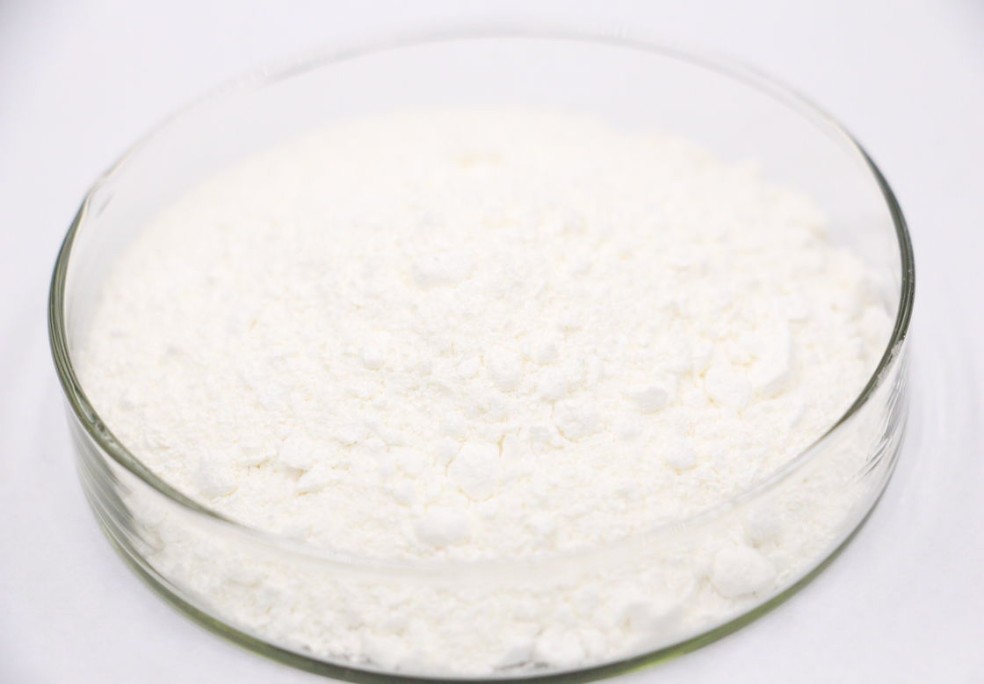Trilostane is an inhibitor of isoforms 3β-HSD and 3β-HSD2 of the enzyme 3β-hydroxysteroid dehydrogenase, which plays a role in adrenal steroid biosynthesis. Investigators believe that Arg195 in 3∫-HSD versus Pro195 in 3β-HSD2 attributes to the competitive inhibition of 3β-HSD, but not 3β-HSD2 by Trilostane.
Trilostane is used in the treatment of Cushing's syndrome. It is normally used in short-term treatment until permanent therapy is possible.
Trilostane blocks an enzyme involved in the production of several steroids including cortisol. Inhibiting this enzyme inhibits the production of cortisol. In Cushing's syndrome, the adrenal gland overproduces steroids. Although steroids are important for various functions of the body, too much can cause problems. Trilostane reduces the amount of steroids produced by the adrenal gland.
Trilostane produces suppression of the adrenal cortex by inhibiting enzymatic conversion of steroids by 3-beta-hydroxysteroid dehydrogenase/delta 5,4 ketosteroid isomerase, thus blocking synthesis of adrenal steroids.
For the treatment of post-menopausal women who have hormone-selective cancers that have spread beyond the breast, the medicine slows disease progression in two ways. Hormone-sensitive breast cancer, estrogen through the role of two kinds of receptors to promote cancer cell growth, estrogen receptor A like cancer accelerator, estrogen receptor beta is the brake. Modrenal enhances the estrogen receptor beta-estrogen adsorption, while reducing the role of the estrogen receptor a. At the same time it also acts on another site of cellular DNA AP1 to reduce cell proliferation.






















